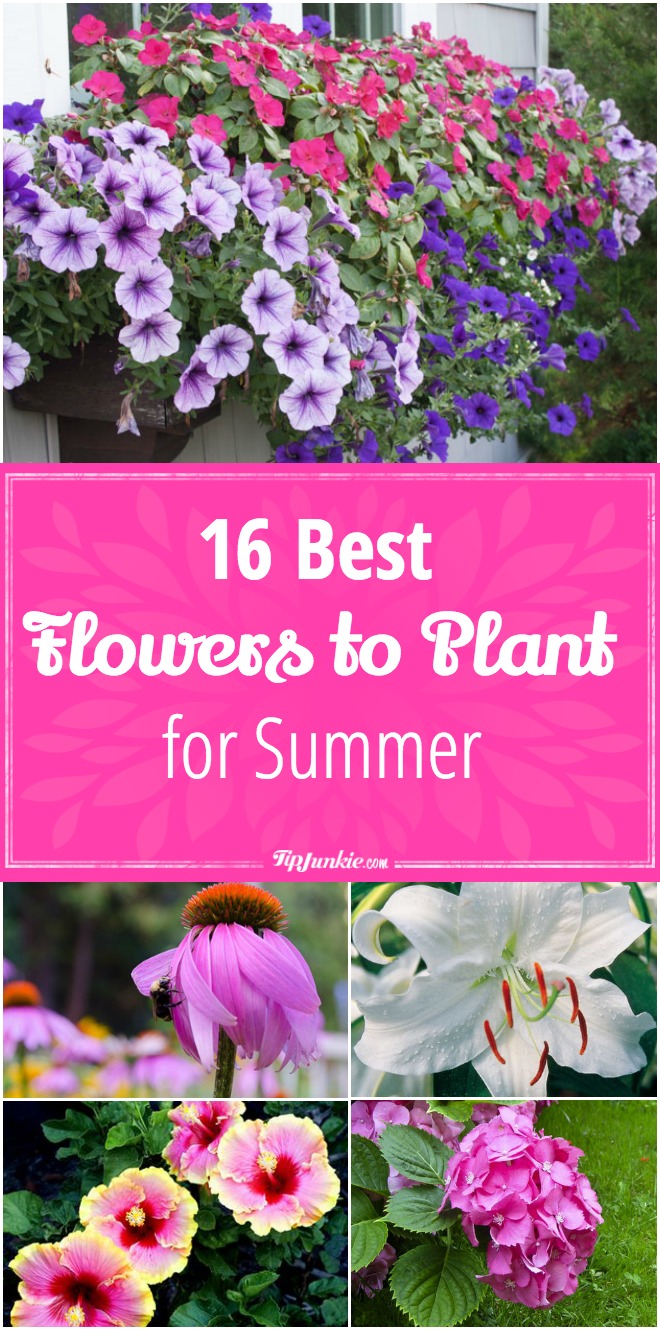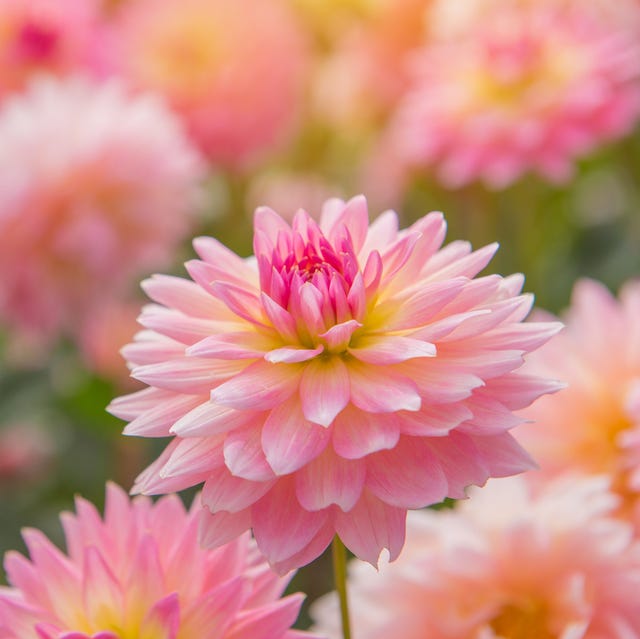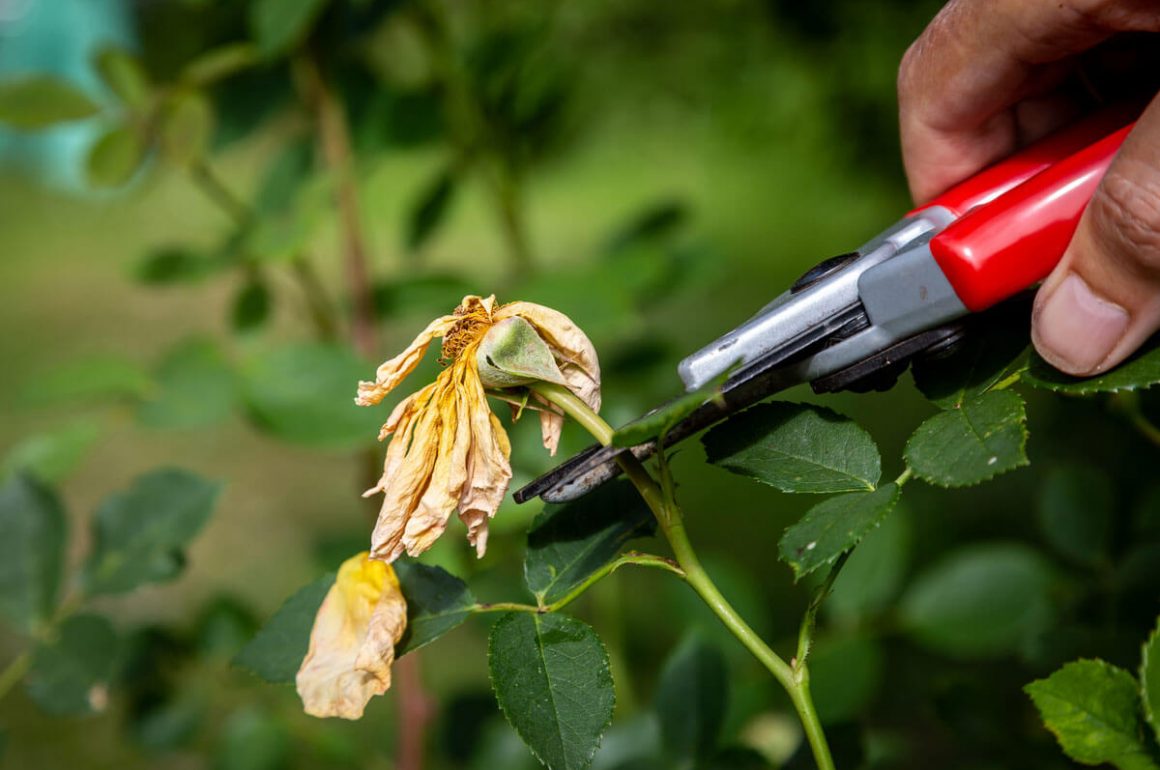Choosing the Perfect Flowers for Your Summer Garden
When it comes to selecting the best summer flowers to plant, it’s essential to consider the warm weather conditions that come with the season. The right flowers can add a burst of color, texture, and vibrancy to your summer garden, making it a haven for relaxation and entertainment. With so many options available, choosing the perfect flowers can be overwhelming, but by considering a few key factors, you can create a stunning summer garden that will thrive in the heat.
One of the most critical factors to consider when selecting summer flowers is their ability to tolerate high temperatures and humidity. Look for flowers that are native to warm climates or have been bred to thrive in hot weather conditions. These flowers will be more resistant to heat stress and require less maintenance, making them perfect for busy gardeners.
In addition to heat tolerance, consider the amount of sunlight your garden receives. If your garden gets full sun, look for flowers that can handle direct sunlight for at least six hours a day. If your garden is partially shaded, choose flowers that can thrive in indirect sunlight. By selecting flowers that are adapted to your garden’s specific conditions, you can ensure they will bloom beautifully and require minimal care.
Another factor to consider is the soil type in your garden. Different flowers have different soil requirements, so make sure to choose flowers that are compatible with your soil type. For example, if your soil is heavy clay, look for flowers that prefer moist soil, such as impatiens or coleus. If your soil is sandy, choose flowers that prefer well-draining soil, such as zinnias or marigolds.
By considering these factors, you can create a stunning summer garden that will thrive in the heat. With a little planning and research, you can choose the best summer flowers to plant and enjoy a beautiful and vibrant garden all season long.
How to Select Low-Maintenance Summer Flowers for a Stress-Free Garden
When it comes to choosing the best summer flowers to plant, it’s essential to consider the level of maintenance required to keep them thriving. Low-maintenance summer flowers can add beauty and vibrancy to your garden without requiring a lot of upkeep. To select low-maintenance summer flowers, consider the following factors:
Soil type is a crucial factor to consider when choosing low-maintenance summer flowers. Look for flowers that are adapted to your soil type, whether it’s clay, sand, or loam. For example, succulents like Aloe and Echeveria are perfect for well-draining soil, while flowers like Impatiens and Coleus prefer moist soil.
Sunlight is another essential factor to consider when selecting low-maintenance summer flowers. Choose flowers that can tolerate the amount of sunlight your garden receives. For example, if your garden gets full sun, look for flowers like Zinnias, Marigolds, and Sunflowers that can handle direct sunlight for at least six hours a day.
Watering needs are also an important consideration when choosing low-maintenance summer flowers. Look for flowers that are drought-tolerant or require minimal watering, such as Lantana, Hibiscus, and Mandevilla. These flowers can thrive in warm weather conditions with minimal watering, making them perfect for busy gardeners.
In addition to these factors, consider the growth habits of the flowers you choose. Look for flowers that are compact or dwarf varieties, which require less pruning and maintenance. For example, compact varieties of Petunias, Snapdragons, and Geraniums are perfect for small gardens or containers.
By considering these factors, you can choose low-maintenance summer flowers that will thrive in your garden with minimal upkeep. This will allow you to enjoy a beautiful and vibrant garden all summer long, without the stress of constant maintenance.
Sun-Loving Flowers that Will Brighten Up Your Summer Garden
When it comes to choosing the best summer flowers to plant, sun-loving varieties are a great option for adding color and vibrancy to your garden. These flowers thrive in full sun and can tolerate high temperatures, making them perfect for warm weather conditions. Here are some popular sun-loving flowers that are sure to brighten up your summer garden:
Black-Eyed Susans (Rudbeckia hirta) are a classic summer flower that can thrive in full sun and well-draining soil. These daisy-like flowers are easy to care for and produce bright yellow petals with dark centers, adding a pop of color to your garden.
Zinnias (Zinnia spp.) are another popular sun-loving flower that come in a variety of colors, including pink, orange, white, and yellow. These flowers are easy to grow from seed and can thrive in full sun and well-draining soil, making them a great option for beginners.
Cosmos (Cosmos bipinnatus) are a delicate, feathery flower that thrive in full sun and well-draining soil. These flowers come in a variety of colors, including pink, white, and red, and are a great option for adding a light, airy texture to your garden.
Other sun-loving flowers that are perfect for summer gardens include Sunflowers (Helianthus annuus), Marigolds (Tagetes spp.), and Dahlias (Dahlia spp.). These flowers are all easy to care for and can thrive in full sun and well-draining soil, making them a great option for adding color and vibrancy to your garden.
When planting sun-loving flowers, be sure to choose a location that receives full sun (at least six hours of direct sunlight) and has well-draining soil. This will ensure that your flowers receive the light and nutrients they need to thrive.
Shade-Tolerant Flowers that Will Thrive in Warm Weather
While many summer flowers require full sun to thrive, there are plenty of shade-tolerant options that can add beauty to your garden even in areas with limited sunlight. These flowers are perfect for gardens with trees or other structures that block direct sunlight, and can still provide a vibrant display of color and texture.
Impatiens (Impatiens walleriana) are a popular shade-tolerant flower that come in a variety of colors, including pink, white, and purple. These flowers are easy to care for and can thrive in partial shade, making them a great option for gardens with limited sunlight.
Coleus (Solenostemon scutellarioides) is another shade-tolerant flower that can add a pop of color to your garden. These flowers come in a variety of colors and patterns, and can thrive in partial shade. They are also relatively low-maintenance, making them a great option for busy gardeners.
Begonias (Begonia spp.) are a versatile shade-tolerant flower that can thrive in a variety of conditions. These flowers come in a range of colors and can be grown in hanging baskets, containers, or directly in the ground.
Other shade-tolerant flowers that are perfect for summer gardens include Hostas (Hosta spp.), Hellebores (Helleborus spp.), and Astilbe (Astilbe spp.). These flowers are all relatively low-maintenance and can thrive in partial shade, making them a great option for gardens with limited sunlight.
When planting shade-tolerant flowers, be sure to choose a location that receives the right amount of sunlight. While these flowers can tolerate shade, they still need some sunlight to photosynthesize and thrive. Also, make sure to water and fertilize these flowers regularly to promote healthy growth and blooming.
Heat-Tolerant Flowers that Can Withstand the Hottest Summer Days
When the summer heat is at its peak, it can be challenging to find flowers that can withstand the high temperatures. However, there are several heat-tolerant flowers that can thrive in extremely warm weather conditions, making them perfect for gardens in hot climates. Here are some of the best summer flowers to plant that can tolerate the heat:
Lantana (Lantana camara) is a popular heat-tolerant flower that can thrive in temperatures up to 100°F (38°C). This flower is easy to care for and produces clusters of small, fragrant blooms in shades of pink, yellow, and purple.
Hibiscus (Hibiscus spp.) is another heat-tolerant flower that can tolerate high temperatures and humidity. These flowers produce large, showy blooms in shades of pink, orange, yellow, and red, and can grow up to 15 feet tall.
Mandevilla (Mandevilla spp.) is a heat-tolerant flower that can thrive in temperatures up to 95°F (35°C). This flower produces large, trumpet-shaped blooms in shades of pink, white, and red, and can grow up to 20 feet tall.
Other heat-tolerant flowers that are perfect for summer gardens include Zinnias (Zinnia spp.), Marigolds (Tagetes spp.), and Sunflowers (Helianthus annuus). These flowers are all relatively low-maintenance and can thrive in high temperatures, making them a great option for gardens in hot climates.
When planting heat-tolerant flowers, be sure to choose a location that receives full sun and has well-draining soil. This will help to ensure that your flowers receive the heat and light they need to thrive. Also, make sure to water and fertilize your flowers regularly to promote healthy growth and blooming.
Summer Flowers that Attract Pollinators and Add Wildlife Interest
Attracting pollinators and wildlife to your summer garden can add an extra layer of interest and beauty to your outdoor space. By choosing flowers that are known to attract bees, butterflies, and hummingbirds, you can create a garden that is not only visually stunning but also supports the local ecosystem. Here are some of the best summer flowers to plant that will attract pollinators and add wildlife interest to your garden:
Bee Balm (Monarda didyma) is a popular summer flower that is known to attract bees, butterflies, and hummingbirds. This flower produces red, pink, or purple blooms that are shaped like a lip, which makes it easy for pollinators to access the nectar.
Butterfly Bush (Buddleja davidii) is another summer flower that is a magnet for butterflies and hummingbirds. This flower produces long, conical blooms that are rich in nectar, making it a perfect choice for attracting pollinators to your garden.
Trumpet Vine (Campsis radicans) is a vigorous summer flower that produces showy, trumpet-shaped blooms that are a favorite of hummingbirds. This flower is easy to care for and can thrive in a variety of conditions, making it a great choice for gardens of all sizes.
Other summer flowers that are known to attract pollinators and add wildlife interest to your garden include Sunflowers (Helianthus annuus), Zinnias (Zinnia spp.), and Cosmos (Cosmos bipinnatus). These flowers are all relatively low-maintenance and can thrive in a variety of conditions, making them a great choice for gardens of all sizes.
When planting summer flowers that attract pollinators and add wildlife interest to your garden, be sure to choose a location that receives full sun and has well-draining soil. This will help to ensure that your flowers receive the light and nutrients they need to thrive. Also, make sure to avoid using pesticides, which can harm or kill pollinators and other wildlife.
Summer Flower Arranging Ideas to Bring Your Garden Indoors
One of the best ways to enjoy your summer flowers is to bring them indoors and create beautiful arrangements that can be displayed in vases and containers. Here are some summer flower arranging ideas that will help you bring your garden indoors:
Start by selecting a variety of summer flowers that complement each other in terms of color, texture, and shape. Consider combining bright and bold flowers like sunflowers and zinnias with softer, more delicate blooms like cosmos and baby’s breath.
Next, choose a vase or container that complements the colors and textures of your flowers. Consider using a clear glass vase to showcase the stems and foliage of your flowers, or a colorful ceramic vase to add a pop of color to your arrangement.
When arranging your flowers, start by adding some greenery like eucalyptus or ferns to the vase. This will help to add depth and texture to your arrangement, and provide a base for your flowers.
Next, add your flowers to the vase, starting with the largest and most prominent blooms. Work your way around the vase, adding smaller flowers and foliage to fill in any gaps and create a balanced arrangement.
Finally, finish off your arrangement by adding some decorative elements like ribbons, bows, or decorative picks. This will help to add a personal touch to your arrangement and make it truly special.
Some popular summer flower arranging ideas include:
Creating a monochromatic arrangement using different shades of a single color, like a all-yellow arrangement featuring sunflowers, daisies, and baby’s breath.
Making a mixed bouquet using a variety of different flowers, like a combination of roses, peonies, and hydrangeas.
Creating a themed arrangement, like a patriotic arrangement featuring red, white, and blue flowers, or a tropical arrangement featuring bright and bold blooms like hibiscus and bird of paradise.
Making the Most of Your Summer Flowers: Tips for Deadheading and Pruning
To keep your summer flowers looking their best, it’s essential to practice good deadheading and pruning techniques. Deadheading involves removing spent blooms to encourage the plant to produce more flowers, while pruning involves cutting back the plant to maintain its shape and promote healthy growth.
Deadheading is a simple process that can be done with a pair of scissors or pruning shears. Simply snip off the spent bloom at the base of the stem, making sure to leave the foliage intact. This will encourage the plant to produce more flowers and prevent it from putting energy into seed production.
Pruning is a bit more involved, but it’s still a relatively simple process. Start by removing any dead or damaged stems, and then cut back the plant to maintain its shape. For example, if you have a tall plant that’s getting a bit leggy, you can cut it back to about half its height to encourage bushy growth.
Some summer flowers that benefit from deadheading and pruning include zinnias, marigolds, and cosmos. These flowers produce a lot of blooms, and deadheading and pruning can help to encourage even more flowers to form.
Other tips for keeping your summer flowers looking their best include:
Fertilizing regularly to provide the plant with the nutrients it needs to grow and bloom.
Watering deeply but infrequently to encourage deep root growth and prevent overwatering.
Providing support for tall plants to prevent them from toppling over in the wind.
Dividing and replanting perennials every few years to keep them healthy and vigorous.
By following these tips, you can keep your summer flowers looking their best and enjoy a beautiful and vibrant garden all season long.







